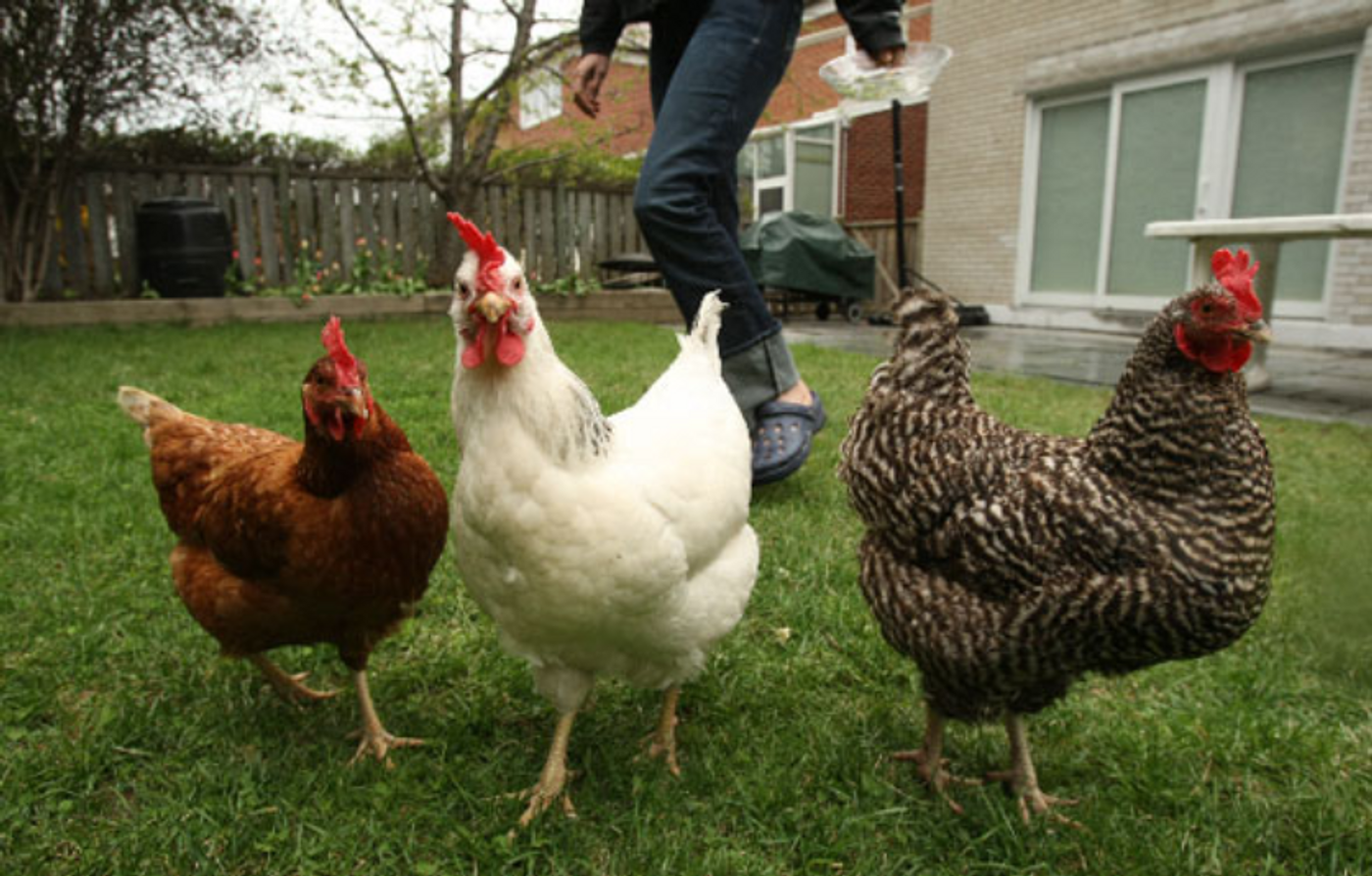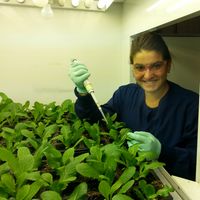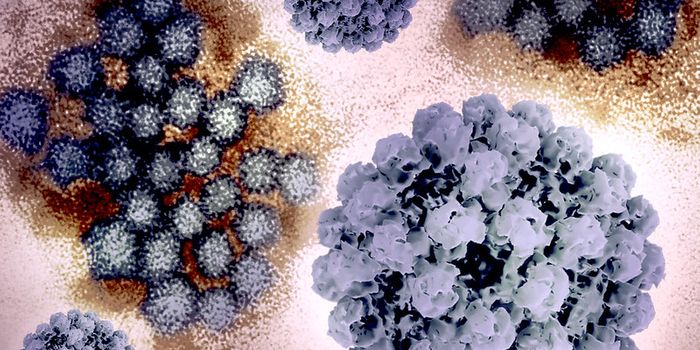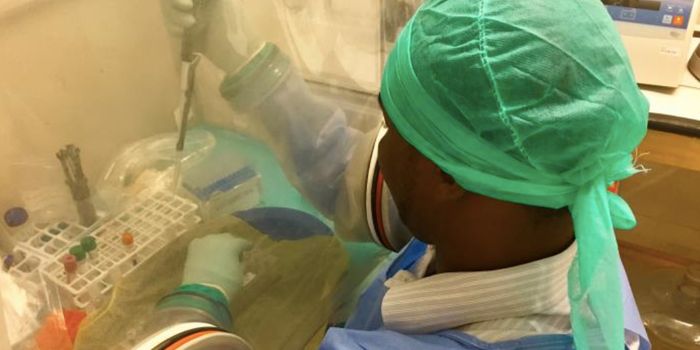Salmonella Outbreaks From Backyard Chickens On The Rise
The local food movement, with origins dating back to the 1930s, aims at influencing consumers to purchase food that has been produced in the local geographic region in which they reside. This food trend, gaining popularity in the early 2000s, has led to an increase in the number of families raising chickens in their own backyards for the local production of fresh eggs. Before starting their own backyard flocks, consumers should be aware of the health risks associated with handling live poultry.
Food trends linked to the local food movement have contributed to an increased number of people raising flocks of chickens in their own backyards for the production of fresh eggs. So far, in 2017, there have been 10 Salmonella outbreaks attributed to handling live poultry, sickening 1,120 people and killing one. Credit: Eastside Hill Neighborhood
According to a report released by the Centers for Disease Control and Prevention (CDC), raising backyard flocks of chickens has become increasingly popular and, as a result, more people are having contact with live poultry than in previous years without understanding the risks associated with contracting a Salmonella infection. Salmonella enterica is a rod-shaped bacterium that causes gastrointestinal illness with symptoms including fever, fatigue, rash, and diarrhea. The illness usually lasts no more than one week and most people recover without the need for treatment.
Live poultry, including chickens, ducks and turkeys, can carry the bacteria with no signs of illness. The bacteria can also spread to any places the animals roam including water and feed dishes, coops, hay, and plants. Bacteria can also spread to the hands, shoes and clothing of those who handle them.
In 2017, the largest outbreak attributed to contact with backyard chickens was recorded by the CDC. As of October 5th, there have been 1,120 confirmed cases of Salmonellosis and one death confirmed in North Carolina since the outbreak began back in January. At least 249 people had such severe symptoms that they required hospitalization. Interviews that were conducted of those affected by the outbreak revealed that 70 percent of patients reported having contact with live poultry one week before their symptoms began. Patients also reported having purchased chicks from local feed stores, websites, hatcheries and relatives.
The CDC recommends that those who have handled live poultry, or any items that animals may have come into contact with, wash their hands thoroughly with soap and water. It is also recommended that live poultry not be allowed inside the home. Any children under the age of 5 should be supervised by an adult while handling live poultry. Adults should also ensure that children wash their hands immediately after handling live poultry.
Sources: CDC, Food Safety News









